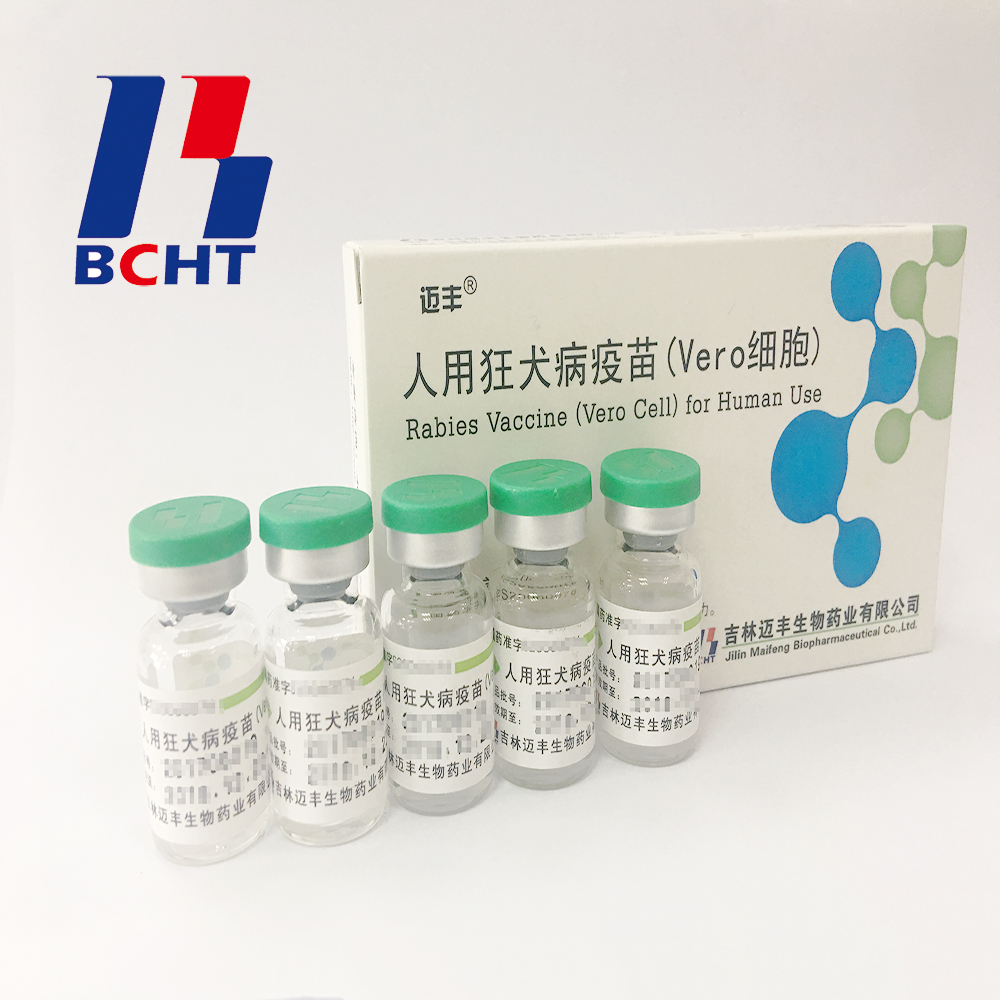Carnations, also known as carnations, carnations, and perennial herbs. Originating in Europe and America, since the introduction of the species, because of its color and beauty, the color is rich, so often do greenhouse cultivation for fresh cut flowers production. It can also be cultivated in flower beds, which is very popular with people. However, carnation is very susceptible to leaf spot disease, affecting its growth and development, and reducing the yield and quality of fresh cut flowers. Based on years of observations and prevention tests, the authors summarized the occurrence rules and control methods of Carnation leaf spot disease as follows: Symptoms and Occurrence Laws of Carnation Leaf Spot Disease Carcinella leaf spot pathogens were hyphae and molecular spores in diseased plant residues. On the winter, it can survive in the soil for about one year. When the temperature rises and leaves are moist for a long time, the bacteria can grow quickly. The optimum temperature for mycelial growth is 25-30°C (26°C optimal). Molecular spores germinate at 18-27°C (24°C optimal) and are transmitted through air currents, water wounds, or direct invasion. The incubation period is 10-60 days. Therefore, the incidence of greenhouse cultivation can be anniversary, open field cultivation can be disease in April-November. The disease occurs on leaves and stems and sometimes on flowers. When the disease occurs on the leaves, the lesions are light greenish watery and round spots, and gradually expand into a nearly round, oval, or long stripe, becoming a purple-brown, and the lesions gradually wither in the center. Become pale. The entire blade twists and hangs upside down on the stem. When the disease dips into the stem, it mostly occurs at the fork of the branch and the wound from the bud. The lesions are long, gray-brown, and when severe, the lesions cut the stems to make the upper leaves dead. When the disease is infected with flowers, it often causes damage on the pedicel and sepals. When the lesions on the sepals are long, the flowers cannot be opened or deformed. Control measures 1. Select robust and disease-free cuttings, remove the diseased body, keep the surface of the plants as dry as possible, and implement rotation for more than 2 years in areas with good ventilation and light transmission. Greenhouses should be well ventilated and it is important to ventilate before dusk. 2. Since this disease anniversary can occur, it is necessary to spray once a week a preventive fungicide, such as mancozeb manganese, zesin zinc, acetaminophen, chlorothalonil, etc., especially in the timely spraying after cutting flowers, with 75% chlorothalonil, 50% cetanol 500 times or 1% Bordeaux mixture are all acceptable.
Rabies Vaccine (Vero Cell) for Human Use
The first company develops and employs the technology of microcarrier bioreactor for production of Rabies Vaccine (Vero Cell) for Human Use in China. The culturing process has good repeatability, the product shows reliable quality and in reasonable stability and has the comparable effect with lyophilized formulation.

Rabies Vaccine,Freeze-Dried Rabies Vaccine,Mild Rabies Vaccine,Stable Rabies Vaccine For Human Use
Changchun BCHT Biotechnology Co. , http://www.ccbcht.com
